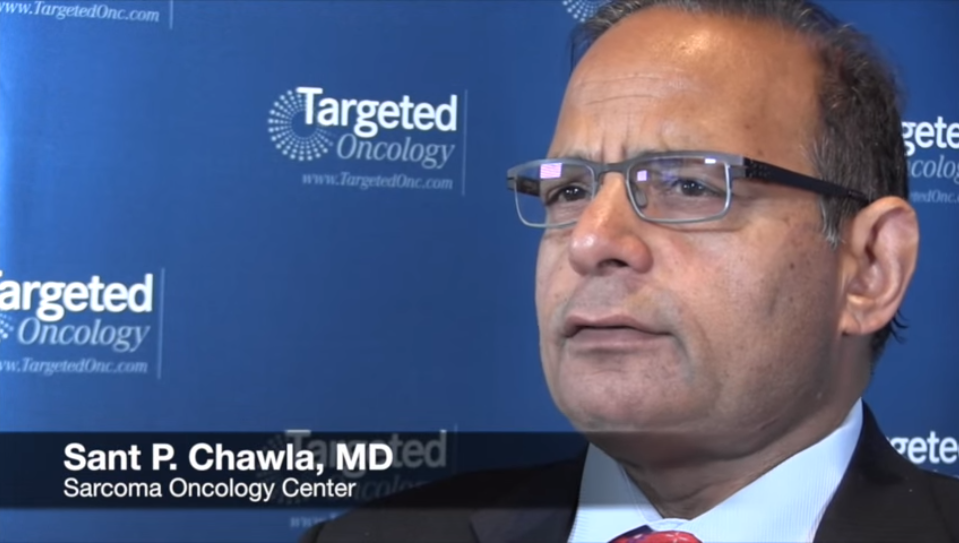 The time immediately following a cancer diagnosis can be heady and surreal, filled with overwhelming information, clinical visits, conflicting emotions, worried friends and relatives, and a brand new vocabulary centered around diagnostic and treatment terms that become a regular part of conversation throughout the cancer treatment and recovery process. Although every diagnosis – even for people diagnosed with the same type of cancer – is different, many terms and procedures are routine across the oncology landscape. Becoming well versed in the most common terms and practices used by your oncologist and team of cancer specialists can help to take a lot of the mystery (and fear) out of common tests and treatments.
The time immediately following a cancer diagnosis can be heady and surreal, filled with overwhelming information, clinical visits, conflicting emotions, worried friends and relatives, and a brand new vocabulary centered around diagnostic and treatment terms that become a regular part of conversation throughout the cancer treatment and recovery process. Although every diagnosis – even for people diagnosed with the same type of cancer – is different, many terms and procedures are routine across the oncology landscape. Becoming well versed in the most common terms and practices used by your oncologist and team of cancer specialists can help to take a lot of the mystery (and fear) out of common tests and treatments.
Common Cancer Related Terms
Anemia – an abnormally low red blood cell count which often results in fatigue, weakness, and shortness of breath
Alopecia – the clinical term for hair loss, which affects many cancer patients after treatment with chemotherapy and/or radiation
Biopsy – removal of a sample of suspicious tissue to examine under a microscope next to healthy cells in order to detect the presence of malignant (cancer) cells
Clinical trials – tests used to determine whether new drugs, therapies, and treatment procedures will be effective in treating cancer
Combination chemotherapy – when oncologists combine two or more cancer drugs to improve the effectiveness of the treatment for a patient
Grade – the degree to which cells appear abnormal under a microscope. The higher the grade, the more likely a tumor is to be aggressive and to spread (metastasize) from the point of origin
Histology – The study of the microscopic anatomy and composition of cells
Immunotherapy – also known as biological therapy, immunotherapy treatments can help to both boost the immune response to cancer cells, and to help manage the side effects of traditional treatments like chemotherapy
Lesion – an injury or abnormal change to tissue in the form of a rash, boil, or sore
Lymph nodes – part of the lymphatic system, lymph nodes are found throughout the body and help to fight infection throughout the body and filter metabolic waste. Cancer can spread through the lymph nodes to other parts of the body
Metastasis – When tumors spread from one part of the body to multiple organs and tissue
Oncogene – Oncogenes are part of healthy cells and help to regulate normal cell growth. Through damage or mutation, they can lead to a proliferation of cell growth, or tumors
Pathology – The clinical study of tissue samples for disease diagnosis, as well as the cause and effect of disease
Stage – The stage of a cancer determines how widely it has spread (metastasized) to other parts of the body. The higher the stage, the more advanced the cancer
White blood cell – White blood cells are responsible for fighting off infections in the body
Oncologist in Los Angeles
For more information on cancer treatment and diagnosis, contact the Sarcoma Oncology Center at 310-879-1106 to schedule a consultation with a specialist today.
Next, read Can Exercise and Physical Activity Lower Your Cancer Risks?





